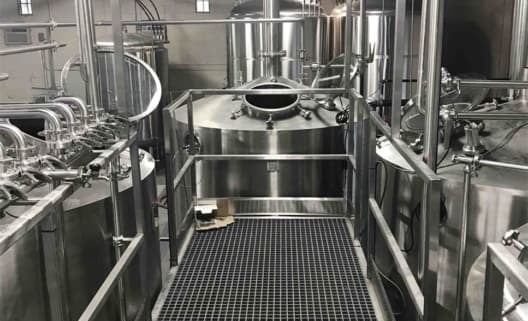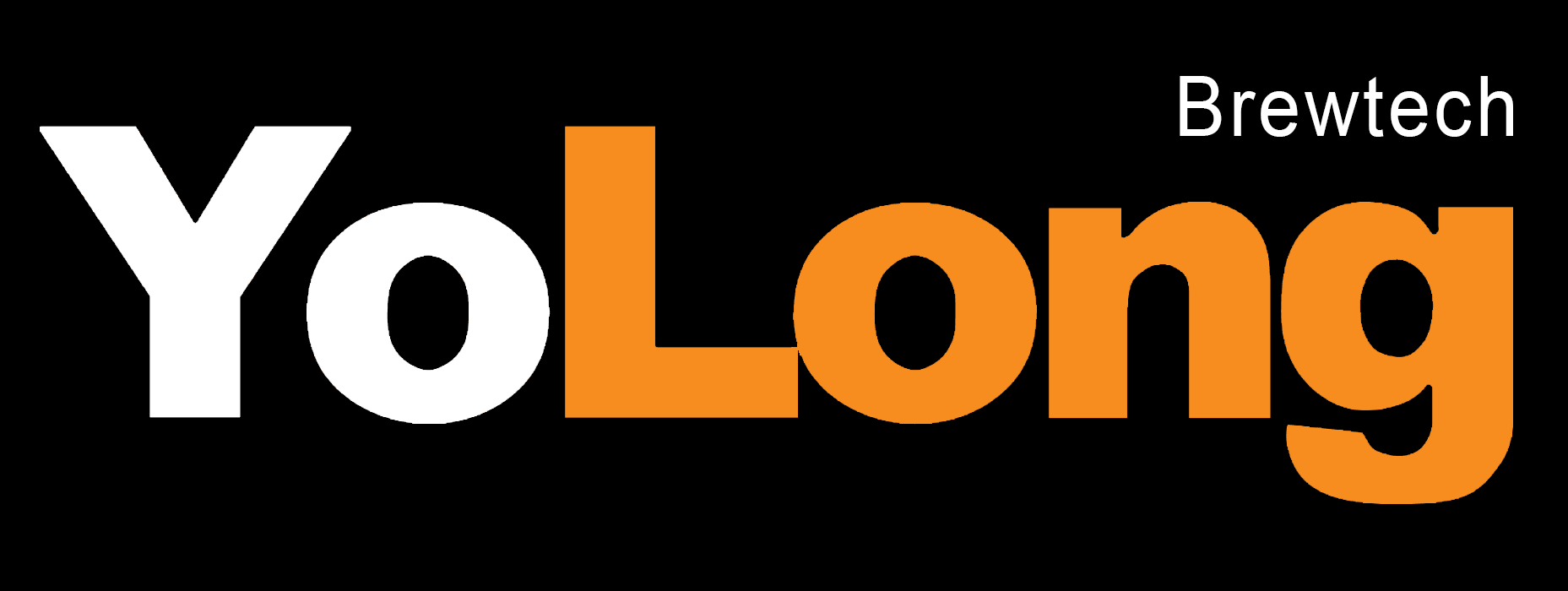How to Start a Microbrewery Business
Market Research & Business Plan: Setting the Foundation for a Microbrewery
Before brewing your first batch, you’ve got to brew a solid plan. Think of this as your recipe for success. Market research helps you understand what people in your area like to drink, how many other breweries are nearby, and whether there’s room for one more. Are locals into hazy IPAs or crisp lagers? Do they frequent taprooms or prefer retail shelves?
Craft beer is booming—with the global craft beer market projected to hit $190 billion by 2027 (Statista)—but that doesn’t mean success is guaranteed. A good business plan outlines your mission, target audience, distribution strategy, and how you’ll make money. It also includes competitive analysis, branding concepts, and financial forecasting.
A killer business plan not only keeps you focused, it also impresses banks and investors when you’re looking to raise capital.
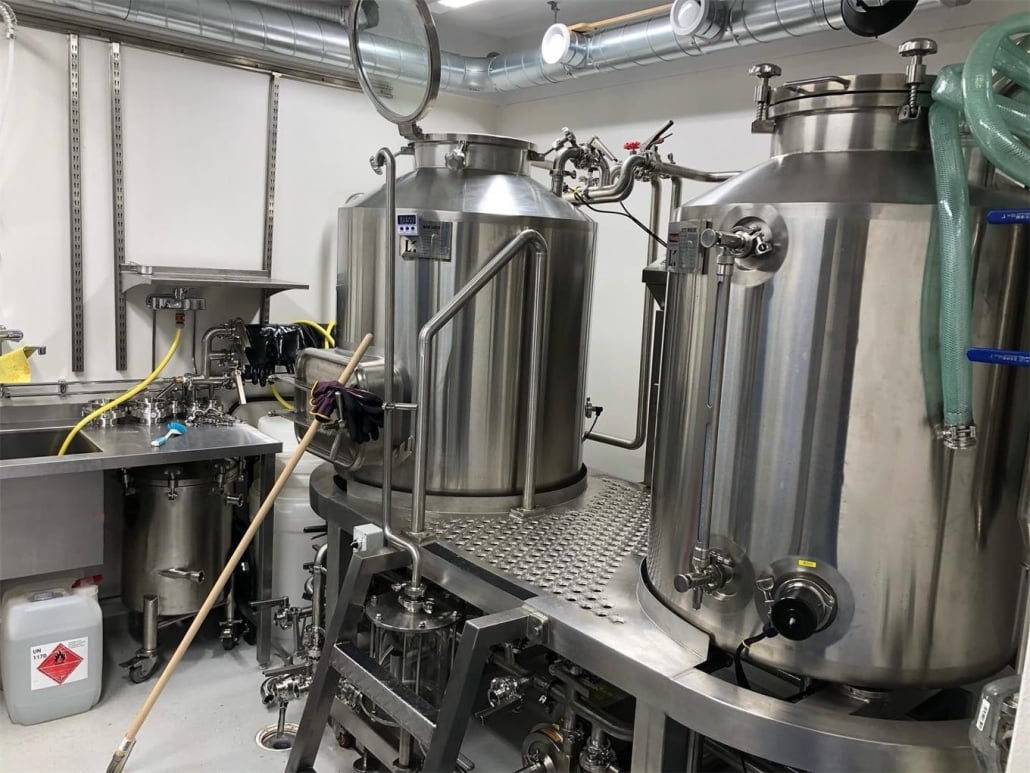
Legal Requirements & Licensing: Navigating Alcohol Laws
If you thought brewing beer was the hard part, wait till you tackle the paperwork. Starting a microbrewery means diving headfirst into a tangled web of federal, state, and local alcohol laws. But don’t worry—we’ve got the roadmap.
At the federal level, you’ll need to register with the Alcohol and Tobacco Tax and Trade Bureau (TTB), which includes submitting floor plans, brewery operations, and tax bonds. This can take up to 6 months, so start early.
Next comes your state-level alcohol license, which varies wildly depending on your location. Some states allow self-distribution; others don’t. Local zoning and health department approvals round out the list.
And don’t forget things like:
- Food safety permits (if you’re serving food),
- Environmental regulations (wastewater disposal is a big one), and
- Business registration, insurance, and employee ID numbers.
Funding & Startup Costs: How Much Does It Cost to Start a Microbrewery?
So, how much cash are we talking? A small-scale microbrewery setup can start around $250,000, while a mid-sized facility with a taproom can push well past $1 million. The biggest expenses include equipment, renovations, and licensing fees.
Funding options range from small business loans and grants to angel investors and crowdfunding. Some brewers bootstrap by starting with contract brewing before investing in their own system.
Pro tip: Build in a contingency budget of 15–20% for unexpected costs like plumbing issues or delayed permits.
Choosing a Location for Your Microbrewery
| Criteria | Considerations | Advantages | Challenges |
|---|---|---|---|
| Zoning Laws | Must allow alcohol production and retail sales | Ensures legal compliance | Can limit available properties |
| Foot Traffic | High visibility near restaurants or downtown | More organic visitors | Higher rent costs |
| Space Requirements | At least 2,000–5,000 sq ft for small systems | Room for expansion | Hard to find in dense areas |
| Utilities Access | Water, sewage, 3-phase power essential | Supports heavy brewing needs | Costly upgrades if lacking |
| Parking/Accessibility | Space for customers and deliveries | Improves customer experience | Often overlooked by newcomers |
| Lease Terms | Long-term leases preferred | Stability for business growth | Negotiating favorable terms can be tough |
Want to open in a warehouse? Great for space and cost. Want to open in a historic downtown? Awesome for foot traffic. The key is balancing your production needs with branding and customer access.
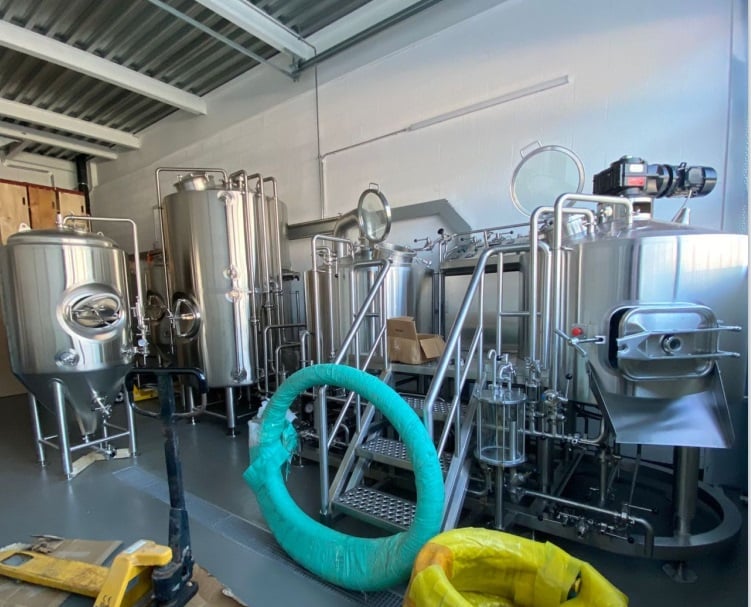
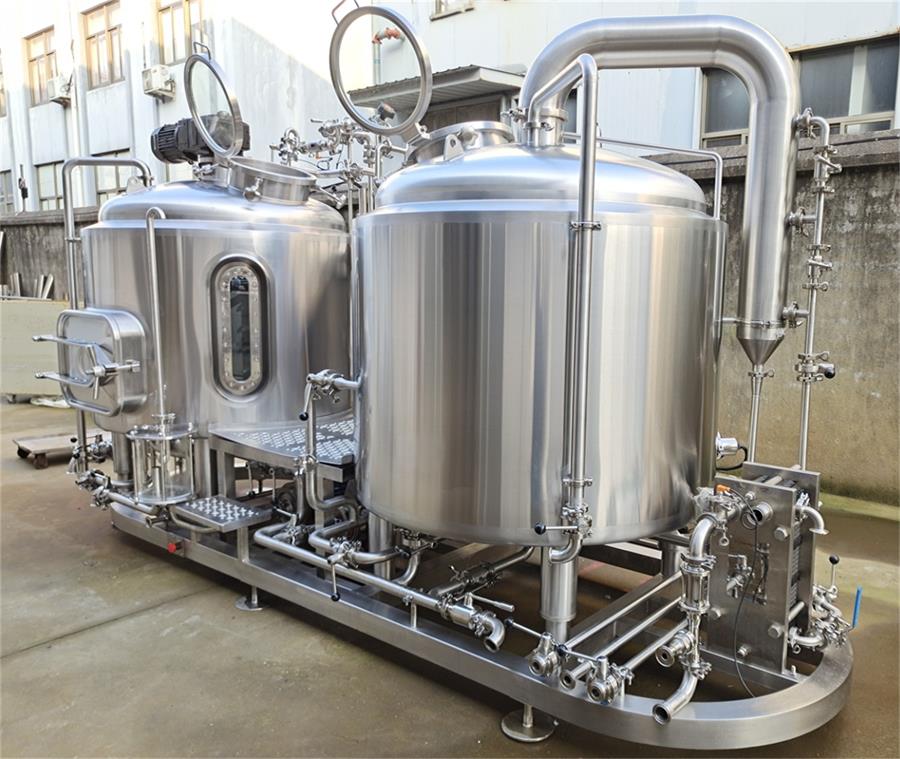
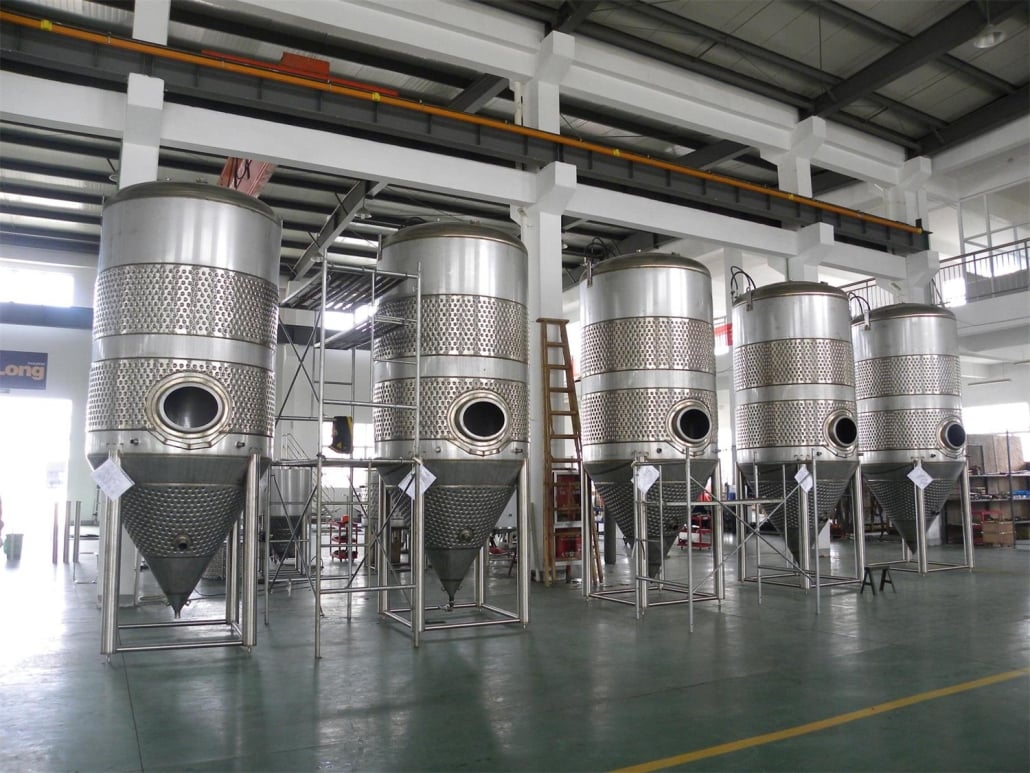
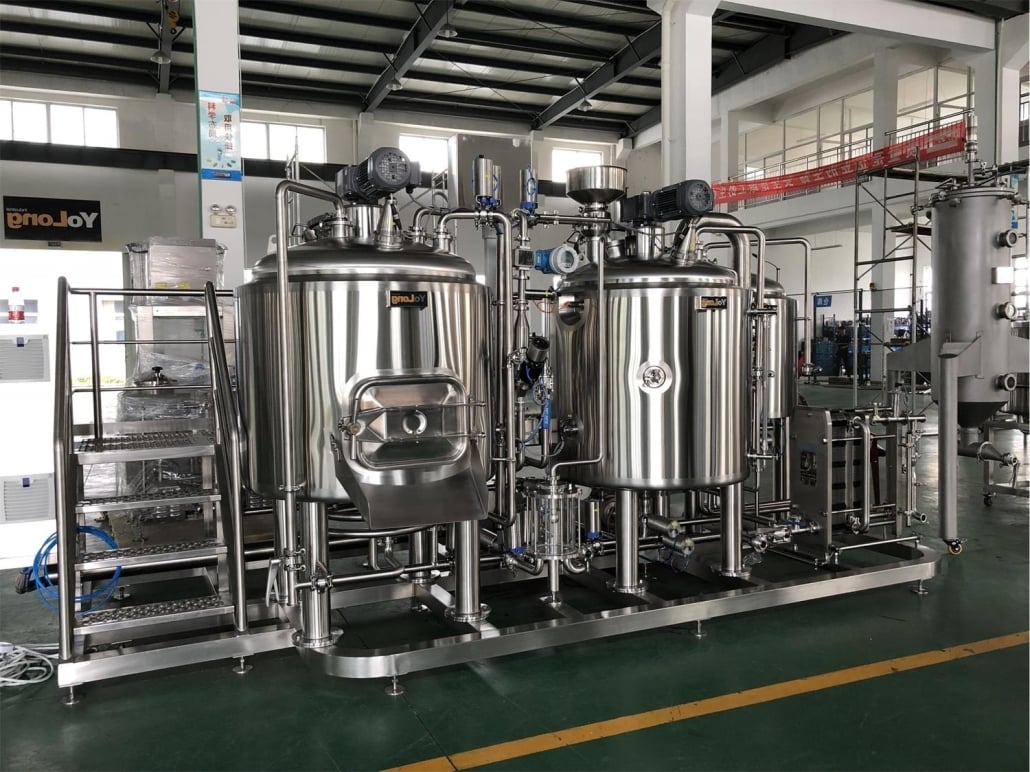
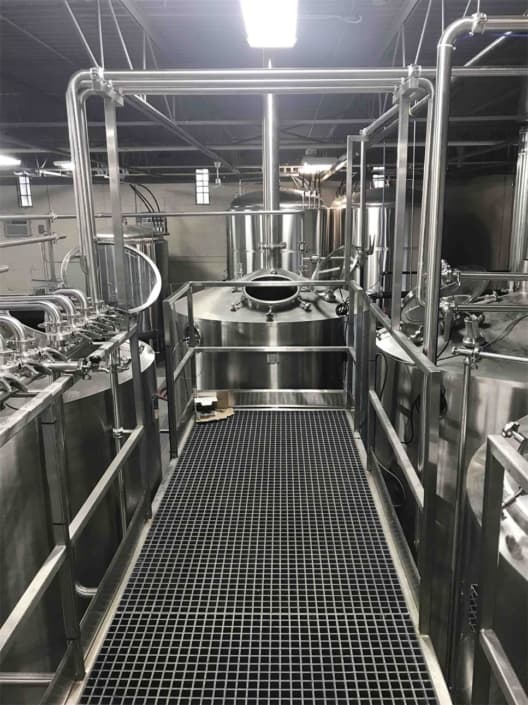
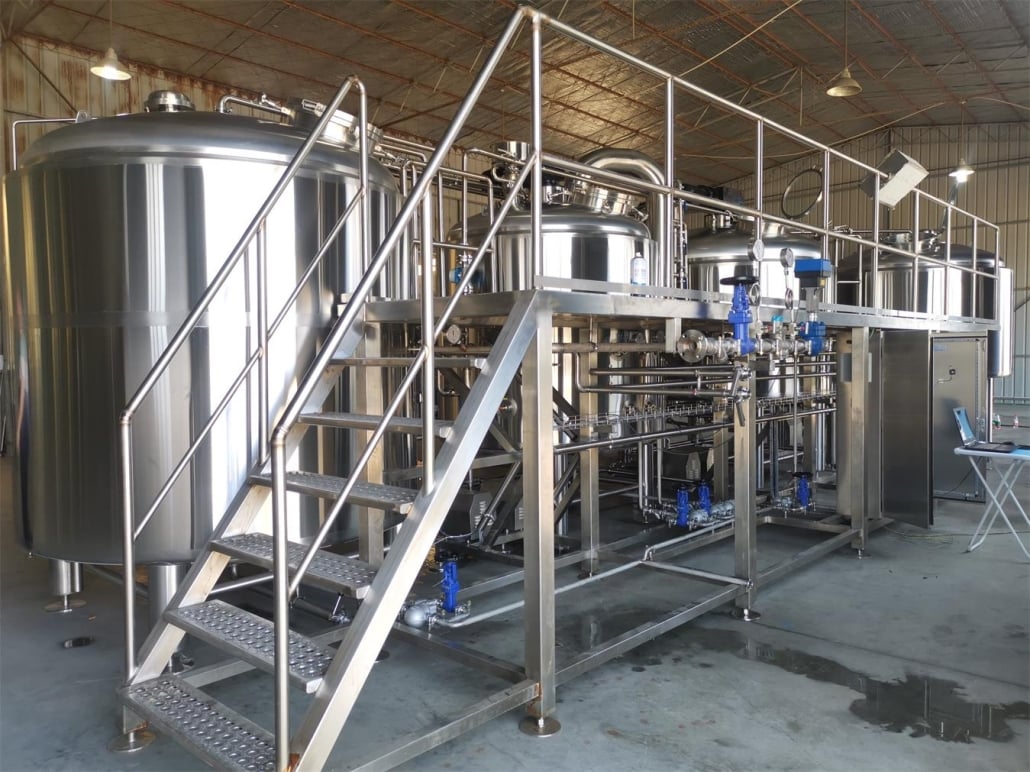
Equipment & Setup: Choosing the Right Beer Brewing System
This is where the rubber meets the road—or the hops hit the kettle. Equipment is the heartbeat of your brewery, and choosing the right setup can make or break your efficiency, product quality, and scalability.
| Equipment | Purpose | Entry-Level Price | Advanced Features | Considerations |
|---|---|---|---|---|
| Mash Tun | Mixes malt with hot water | $10,000+ | Temperature control, rakes | Stainless steel is best for durability |
| Brew Kettle | Boils wort with hops | $15,000+ | Steam jackets, whirlpool arms | Look for capacity flexibility |
| Fermentation Tanks | Where beer ferments | $2,000–$10,000 each | Conical design, glycol cooling | Number needed depends on batch size |
| Glycol Chiller | Cools fermenters | $5,000+ | Energy-efficient models available | Essential for quality control |
| Keg Washer & Filler | Preps kegs for reuse | $3,000–$8,000 | Semi-automated options | Time-saving but not strictly necessary early on |
| Packaging Line | Bottling/canning beer | $15,000–$100,000 | Fully automated systems | Huge time-saver but a big investment |
Want to go budget-friendly? Consider starting with a 3-barrel system and upgrading to 7- or 10-barrel as you grow. Leasing equipment or buying used can save you tens of thousands—but comes with potential reliability trade-offs.
Staffing & Training: Who You Need to Hire
You can’t do it all alone (trust me, many have tried). A solid microbrewery team usually includes:
- A head brewer with technical brewing chops and creativity.
- One or more brewery assistants for cleaning, prep, and kegging.
- A taproom manager and bartenders, if you’re selling on-site.
- A sales/marketing lead to build relationships with bars and retail.
Training is huge. Even experienced brewers need to learn your system’s quirks. Cross-train employees in cleaning, safety, and basic troubleshooting—it’ll save your sanity later.
Branding & Marketing: Stand Out in a Sea of Suds
In a world overflowing with IPAs, your brand is your secret sauce. Craft beer fans love stories—so tell yours. Why did you start brewing? What inspires your recipes? How are you different from the brewery down the street?
Good branding includes:
- A memorable brewery name,
- Eye-catching label design,
- A clean, mobile-friendly website,
- Active social media presence (Instagram is gold for breweries),
- Events like tap takeovers, trivia nights, or food pairings.
Don’t underestimate word-of-mouth. Offer top-tier customer service and engage your local community. This builds a loyal fanbase faster than any paid ad campaign.
FAQ
| Question | Answer |
|---|---|
| How long does it take to start a microbrewery? | From planning to first pour, expect 12–18 months depending on permits, build-out, and funding. |
| Do I need brewing experience? | It’s strongly recommended. If you’re new, hire a seasoned brewer or take courses from programs like Siebel Institute or UC Davis. |
| Can I start small and grow? | Absolutely. Many successful breweries started with 1–3 barrel systems before scaling. Just ensure your space allows for growth. |
| Is contract brewing a good start? | Yes—it’s a great way to build a brand without investing in equipment. But you lose some control over production. |
| What’s the most profitable beer style? | IPAs are still king, especially hazy and double IPAs. But profitability also depends on ingredient costs and customer demand. |
| Should I serve food? | It can boost profits and customer stay time—but adds complexity, cost, and health permits. Some opt for food trucks or simple snacks. |

